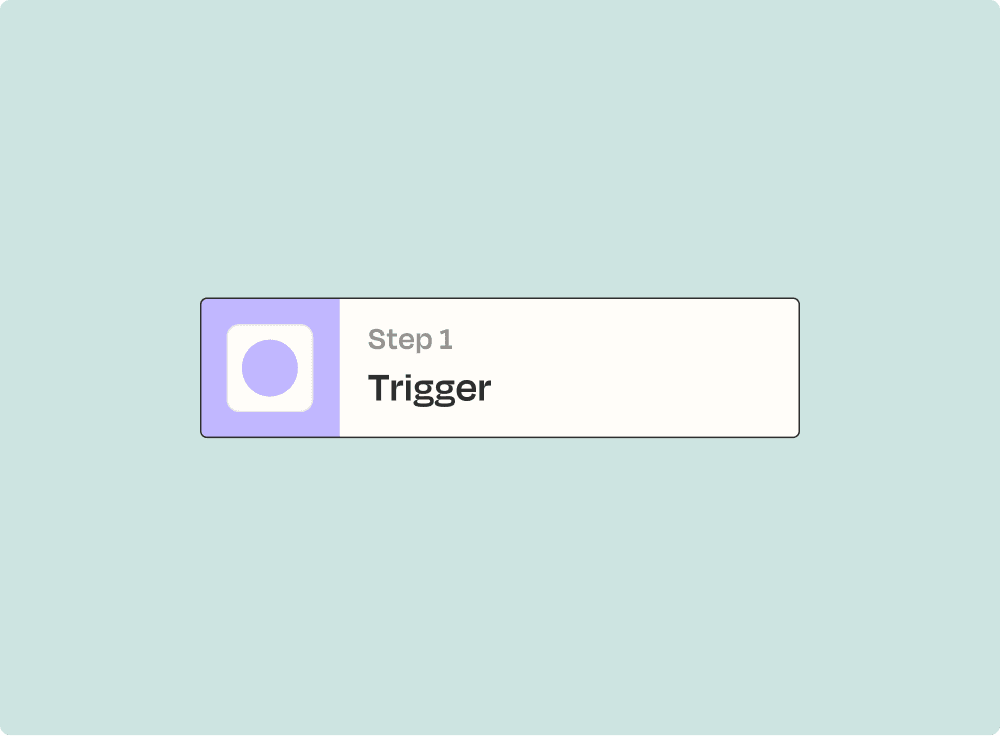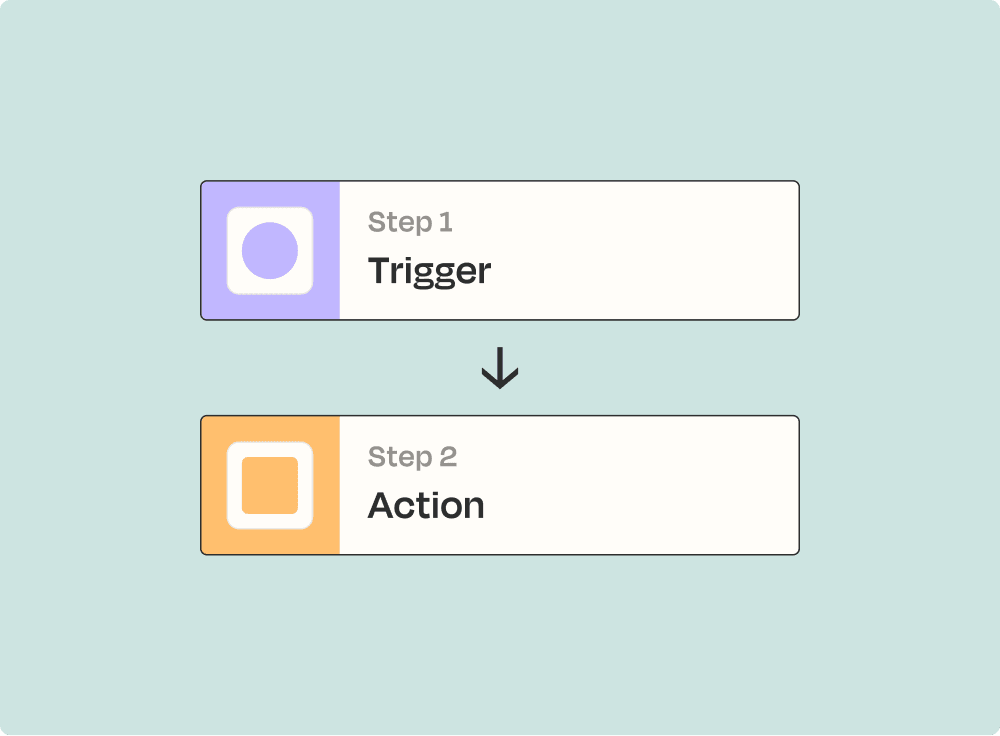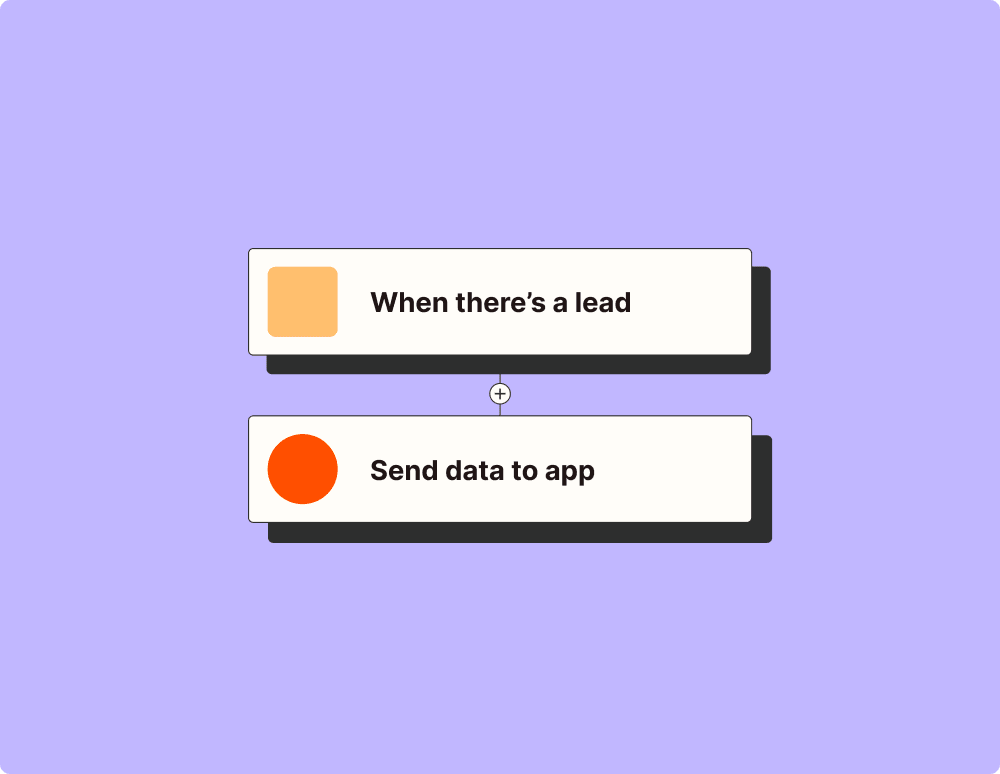Connect Microsoft Excel and HubSpot to unlock the power of automation
- No credit card required
- Free forever for core features
- 14-day trial for premium features and apps
Set up your first integration
Quickly connect Microsoft Excel to HubSpot with a Zapier template.
Our most popular template

How Zapier works
Zapier makes it easy to integrate Microsoft Excel with HubSpot - no code necessary. See how you can get setup in minutes.
Zapier is the automation platform of choice for 87% of Forbes Cloud 100 companies in 2023
93%
Customers who say using Zapier has made them better at their job
25m
Customers have created over 25 million Zaps on the platform
6 mins
The average user takes less than 6 minutes to set up a Zap
Frequently Asked Questions about Microsoft Excel + HubSpot integrations
New to automation with Zapier? You're not alone. Here are some answers to common questions about how Zapier works with Microsoft Excel and HubSpot
How do I start integrating Microsoft Excel with HubSpot?
You can start the integration by using our platform to create workflows that connect Microsoft Excel to HubSpot. Begin by selecting Excel as your trigger app and choose from various events like 'New Row', 'Updated Row', or 'Row Deleted'. Then, select HubSpot as the action app and map those trigger events to actions such as 'Create Contact', 'Update Deal', or any specific task you want executed in HubSpot.
Can I update existing rows in Excel based on changes in HubSpot?
Yes, you can update existing rows in Excel when there's a change in HubSpot by setting up a trigger event in our platform. Use a trigger such as 'New Change in Contact' or 'Deal Stage Updated' within HubSpot, then map it to an action like 'Update Row' in Microsoft Excel. This flow keeps your spreadsheets synchronized with your CRM data.
Is it possible to create contacts automatically in HubSpot from new entries in Excel?
Absolutely! You can automate the creation of contacts in HubSpot anytime a new row is added to your Excel sheet. This involves setting up an integration where the trigger is 'New Row Added' in Excel and the action is 'Create New Contact' in HubSpot. This function ensures that all relevant contact details from your spreadsheet are systematically transferred into your CRM.
What kind of data can be synced between Microsoft Excel and HubSpot?
Our platform enables you to sync various types of data between Microsoft Excel and HubSpot including contact information, sales deals details, company records, marketing metrics and much more. Based on your business needs, you can configure triggers and actions that handle customer data management seamlessly across both platforms.
How do I handle duplicate data when integrating Excel with HubSpot?
Handling duplicate data during integration can be managed by setting appropriate conditions or filters within our setup process. For instance, you might set rules within the action steps that check for existing entries before creating or updating records on either side – particularly useful for preventing duplication of contacts or deals within HubSpot.
What should I do if my integration between Excel and HubSpot stops working suddenly?
If your integration stops working unexpectedly, we recommend starting with debugging common issues like checking whether your authentication tokens for both apps have expired. Also verify if there have been any recent changes to the structure of either app's fields which might affect data mapping rules established during setup.
Are there any limitations when connecting Microsoft Excel with HubSpot via integration?
While we strive to provide robust integrations, some limitations may arise such as API rate limits which could restrict the volume of transactions at any given time. Additionally, complex queries requiring extensive custom functions might not be feasible due to inherent constraints within each application’s capabilities when processing large datasets.
Supported triggers and actions
Zapier helps you create workflows that connect your apps to automate repetitive tasks. A trigger is an event that starts a workflow, and an action is an event a Zap performs.
- Plan Restrictions
- Storage_source
- Folder
- SpreadsheetRequired
- WorksheetRequired
Try It- Plan Restrictions
- Storage_source
- Folder
- SpreadsheetRequired
Try It- Plan Restrictions
- Storage_source
- Folder
- SpreadsheetRequired
- WorksheetRequired
- Plan Restrictions
- Storage_source
- Folder
- SpreadsheetRequired
- WorksheetRequired
- TableRequired
- Plan Restrictions
- Storage_source
- Folder
- SpreadsheetRequired
- WorksheetRequired
- TableRequired
Try It- Plan Restrictions
- Storage_source
- Folder
- SpreadsheetRequired
- WorksheetRequired
- Trigger Column
Try It- Plan Restrictions
- Storage_source
- Folder
- SpreadsheetRequired
- WorksheetRequired
- Plan Restrictions
- Storage_source
- Folder
- TitleRequired
- Column Headers
- Zap_step_id




















